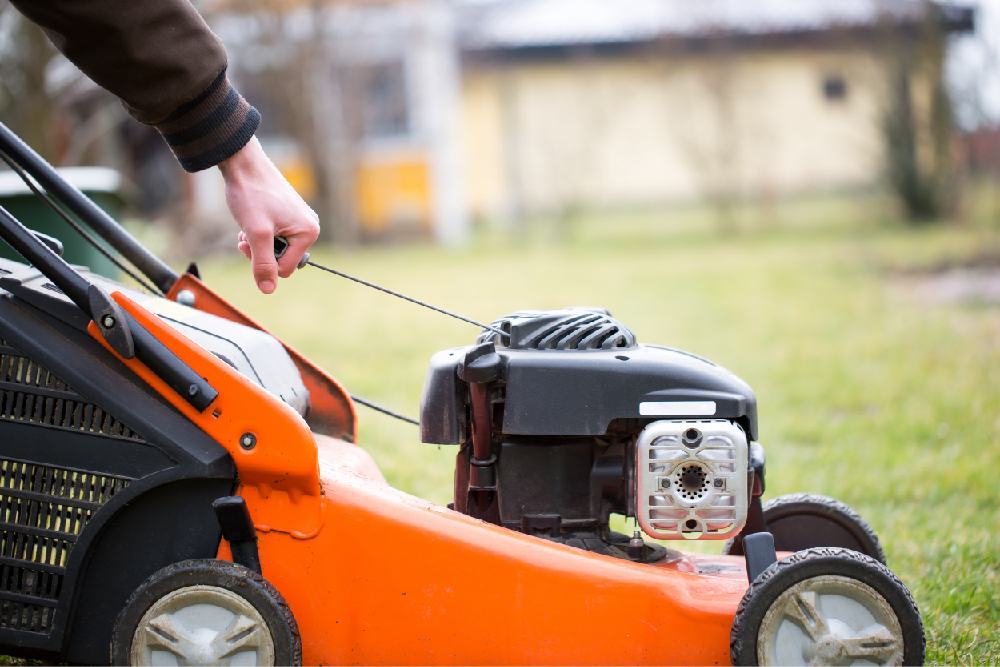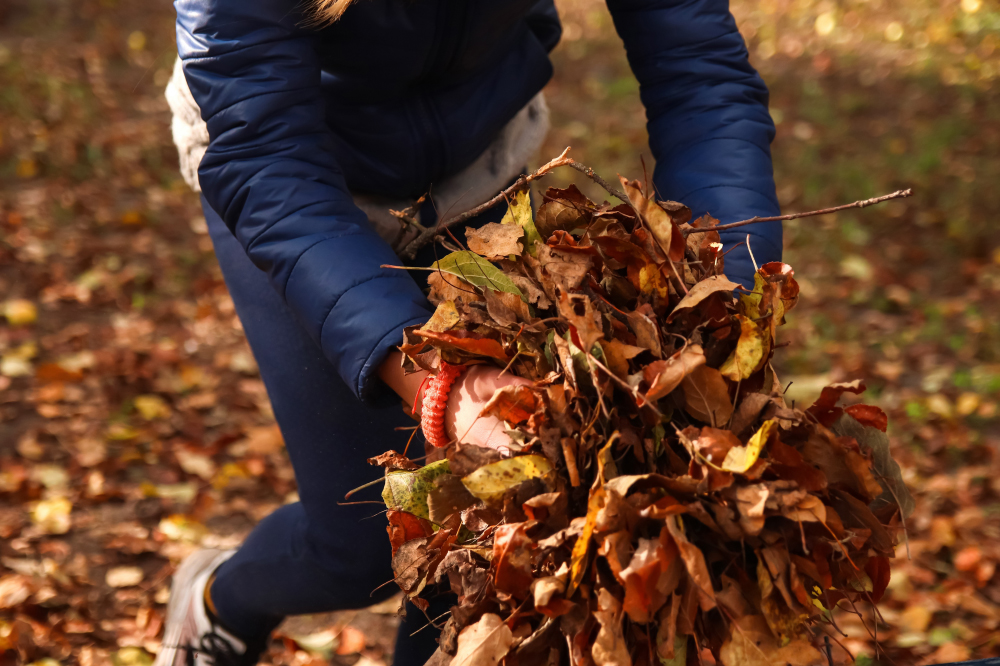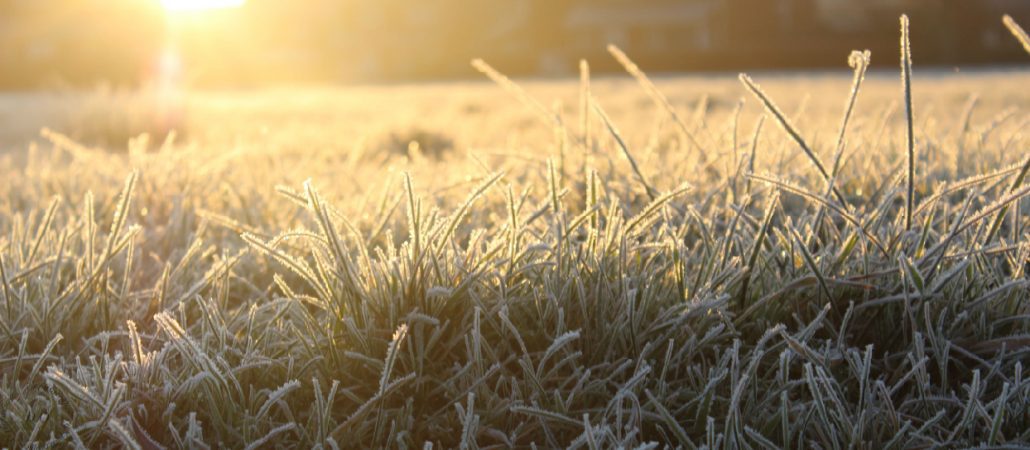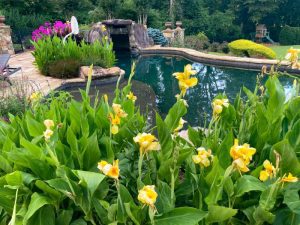If you want a nice-looking lawn in the springtime, take steps to get it ready for the cold weather. In this guide, we’ll explain the types of warm and cool-season grasses and how to care for each. From cutting it to the right height to spreading fertilizer properly, these winter lawn care tips will keep your grass in tip-top shape for when spring rolls around.
Understanding the specific needs of your grass type and adapting your lawn care routine accordingly will contribute to a healthy and vibrant lawn, so we break down our tips for both warm and cool season grasses to ensure the best winter care for each.
Warm Season Grasses
Warm and cool season grasses flourish in different temperature ranges. The distinction between the two lies in their optimal growth temperatures and seasons they are most active. Most types of grasses that you find in the Atlanta area are warm season grasses. Atlanta’s temperate weather and steady amount of precipitation throughout the year provide an excellent environment for warm-season grasses to thrive. Here’s what you need to know about warm-season grasses and necessary maintenance for the winter.
Common Warm Season Grass Types: Bermuda, Zoysia, Centipede. These grasses grow extremely well in temperatures between 80-95 degrees Fahrenheit and are most active during warm summer months.
Peak Growth Period: Late spring, summer, and early fall.
Dormancy: Bermuda and Zoysia will begin to transition as soil temperatures drop below 70 degrees around mid-September in Atlanta. Bermuda will become completely dormant in mid-December. Zoysia will never go dormant in Atlanta. It is viable year-round.
Winter Lawncare Tips for Warm Season Grasses
- Keep up with mowing. The end of summer doesn’t signal the end of lawn mowing season. Keep mowing through the fall. Be sure to raise the mower height in September and stop mowing in mid-October.
- Put down fertilizer: Warm-season grass requires fertilizing in the fall. Be sure that your fertilizer includes low nitrogen and potash.
- Winter Watering: These grasses typically require less water than cool season grasses. Be sure to adjust your watering schedule. Water deeply but infrequently. Water your lawn when it is not frozen, early in the day, to allow time for your grass to dry before the sun goes down.
- Weed Control and Pest Control: Be sure to handle existing weed issues before winter begins. Weeds will compete with grass for nutrients. You’ll also want to inspect the lawn for pests and rid your yard of them before the start of the cold season.
- Winterize your irrigation system by draining it fully and turning it off the right way so the pipes don’t freeze and burst. This step avoids expensive damage to your sprinklers and ensures the system is functional for the spring.
- Zoysia: Cold temperatures below 15 degrees Fahrenheit can affect zoysia grass planted in late summer and fall. If zoysia sod is not fully rooted, the roots can be damaged if the soil is dry. Additionally, ambient temperature will get into the roots. Turn on your irrigation, as water will insulate the roots from these temperatures.

Cool Season Grasses
Moderate and cool climates where temperatures are not extreme are prime for cool-season grasses. This type of grass is hearty and can endure cold winters. These grasses prefer temperatures between 60-75 degrees Fahrenheit. You’ll find most cool-season grasses in the Midwest and Northeast, but some in Atlanta have this type of grass as well.
Cool Season Grass Types: Kentucky bluegrass, Fescue (fine, tall, and creeping red,) Ryegrass (annual and perennial.)
Peak Growth Period: Spring and fall.
Dormancy: Does not go dormant. It is viable grass year-round.
Winter Lawncare Tips for Cool Season Grasses
- Rake leaves: Clearing out fallen leaves not only makes your lawn look nicer but also lets more air get to the grass, reducing fungal issues.
- Mowing: Continue mowing the grass as needed through the winter. This prevents excessive growth and enhances air circulation, keeping your lawn healthy until the growing season.
- Winter watering: Often requires more frequent watering than warm-season grasses. Water deeply and consistently.
- Fall fertilization: It is critical to fertilize in the fall with potash to promote root growth and winter hardiness. If you’ve overseeded your cool-season grass, it’s also important to use fertilizer that contains nitrogen. Fertilizing provides nutrients grass needs to stay strong over winter and bounce back quickly in the spring.
- Pest management: Pests are still active during the winter, so monitor your lawn regularly for them. If you do have pest issues, take care of them quickly to prevent damage to your grass.
- Take care of bare spots: Just before winter is the perfect time to overseed cool season grasses. Overseeding before winter helps eliminate bare spots. Fill in those spots in your lawn by scattering seeds over those areas. Use the same grass seed you used to plant your lawn and spread it out evenly over the patches.

These winter lawn care tips will keep your grass robust and healthy over the cold months, so it’s primed for growth again once warmer weather hits.
Need a hand getting your lawn winter-ready? Reach out to Creech Landscape. Our lawn care pros will help prepare your grass for the growing season.









